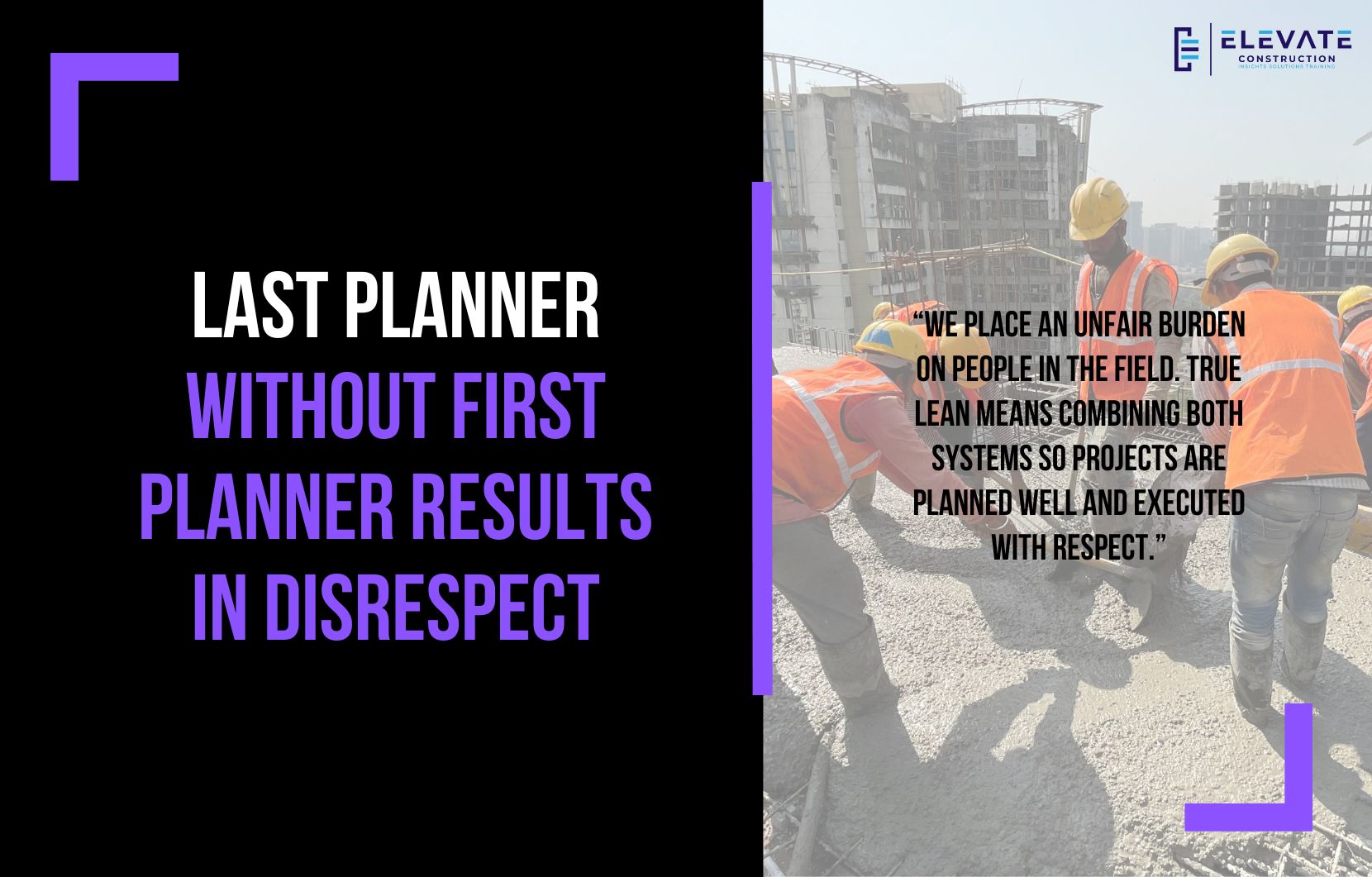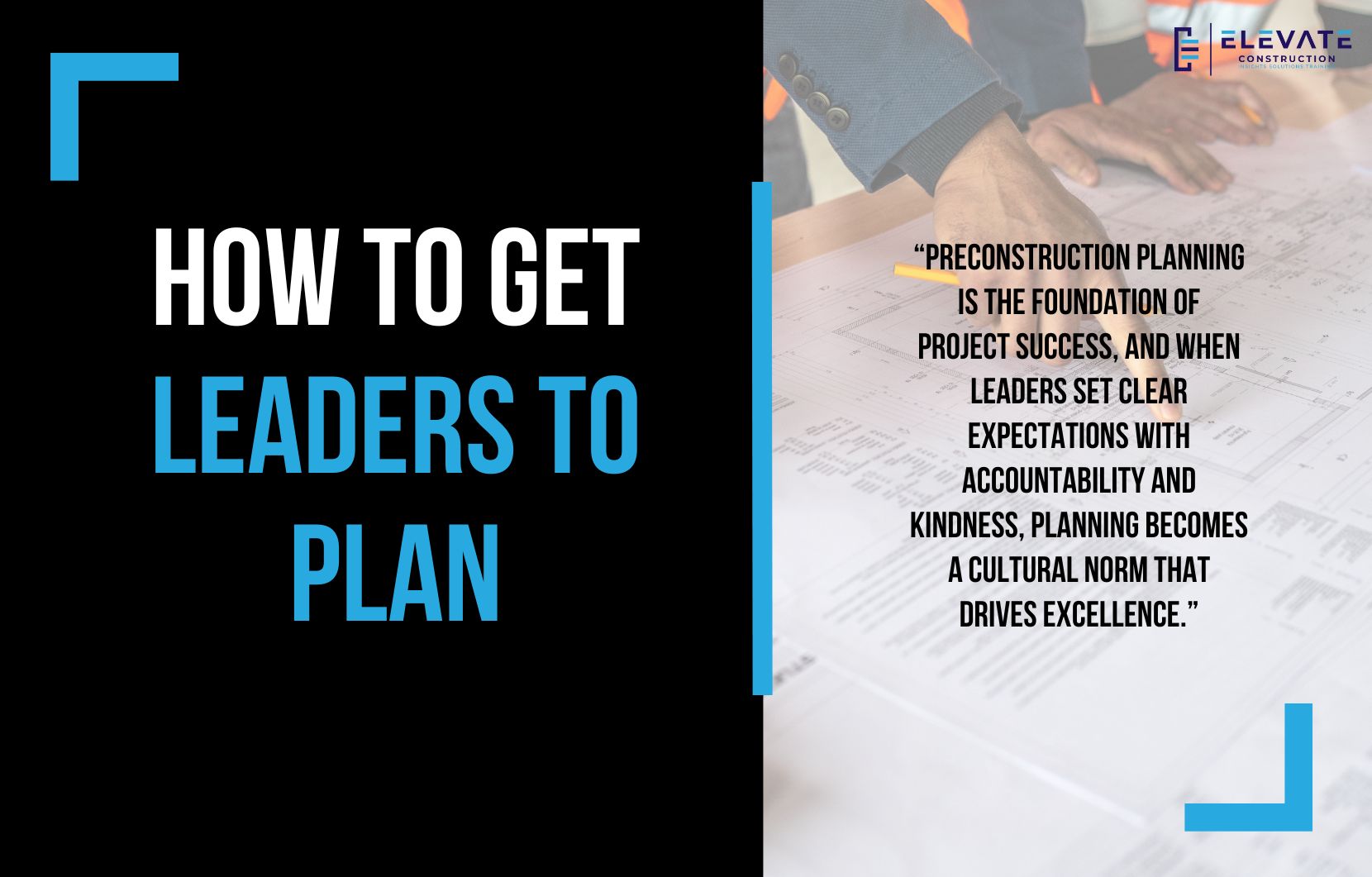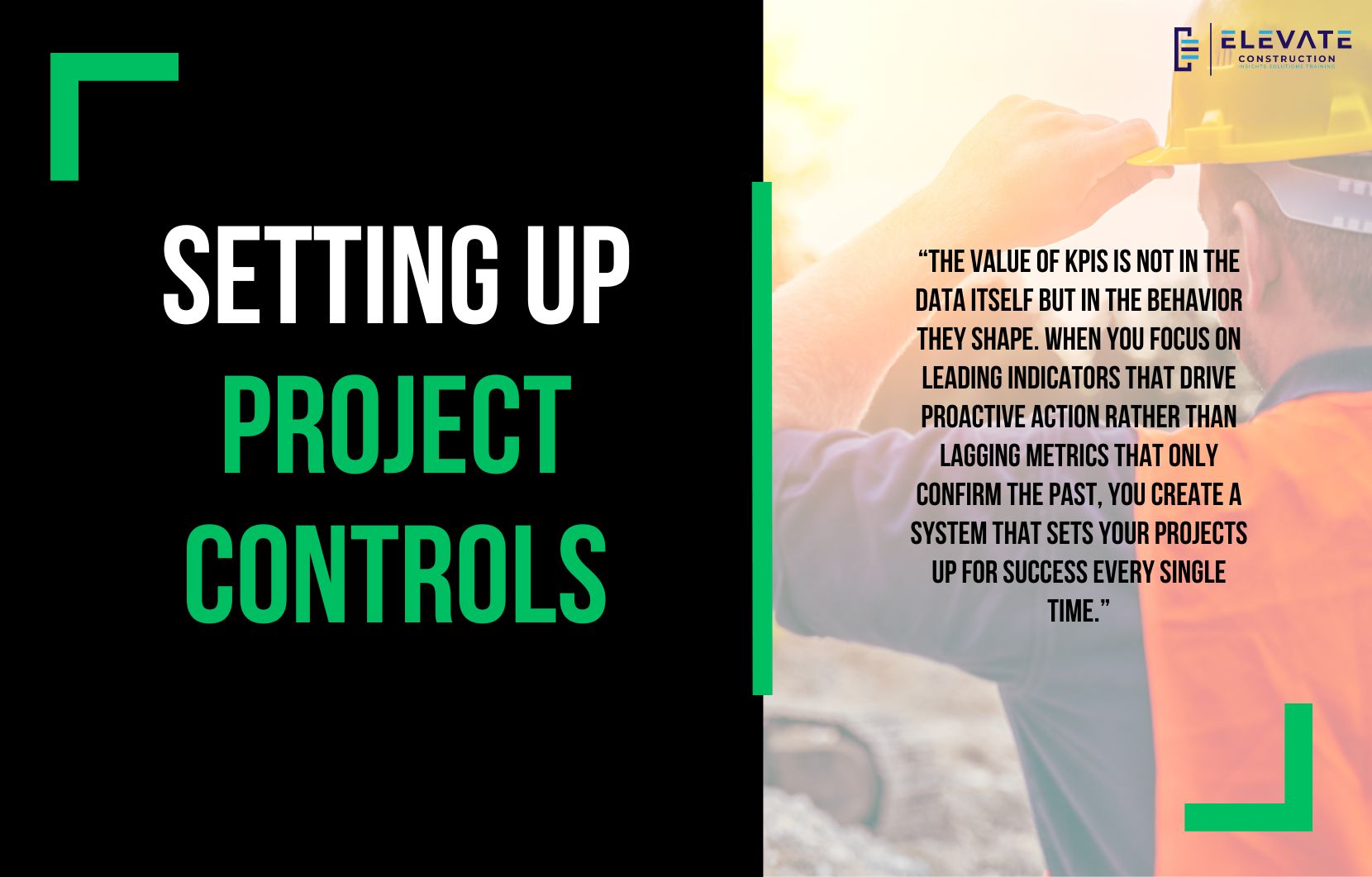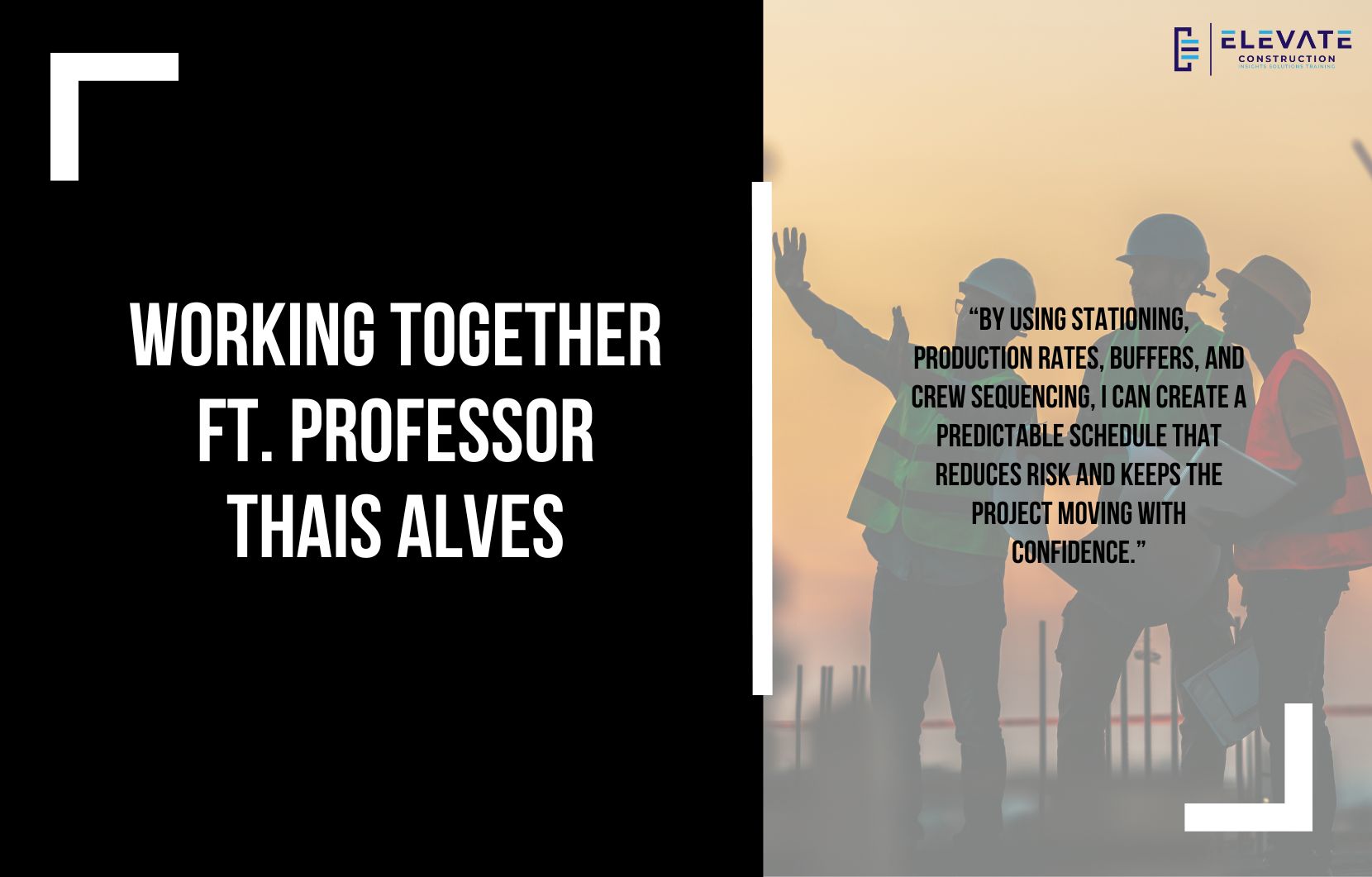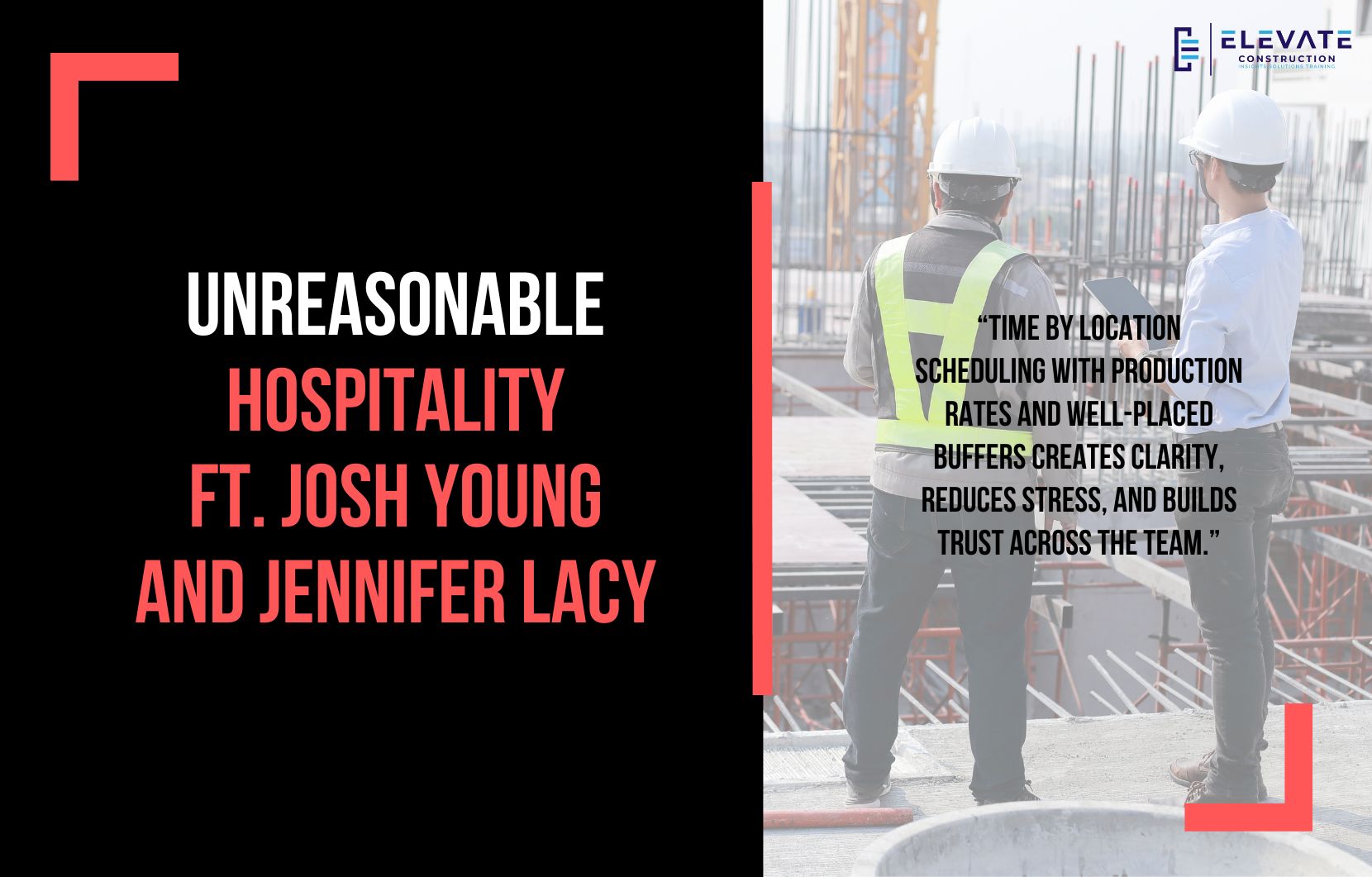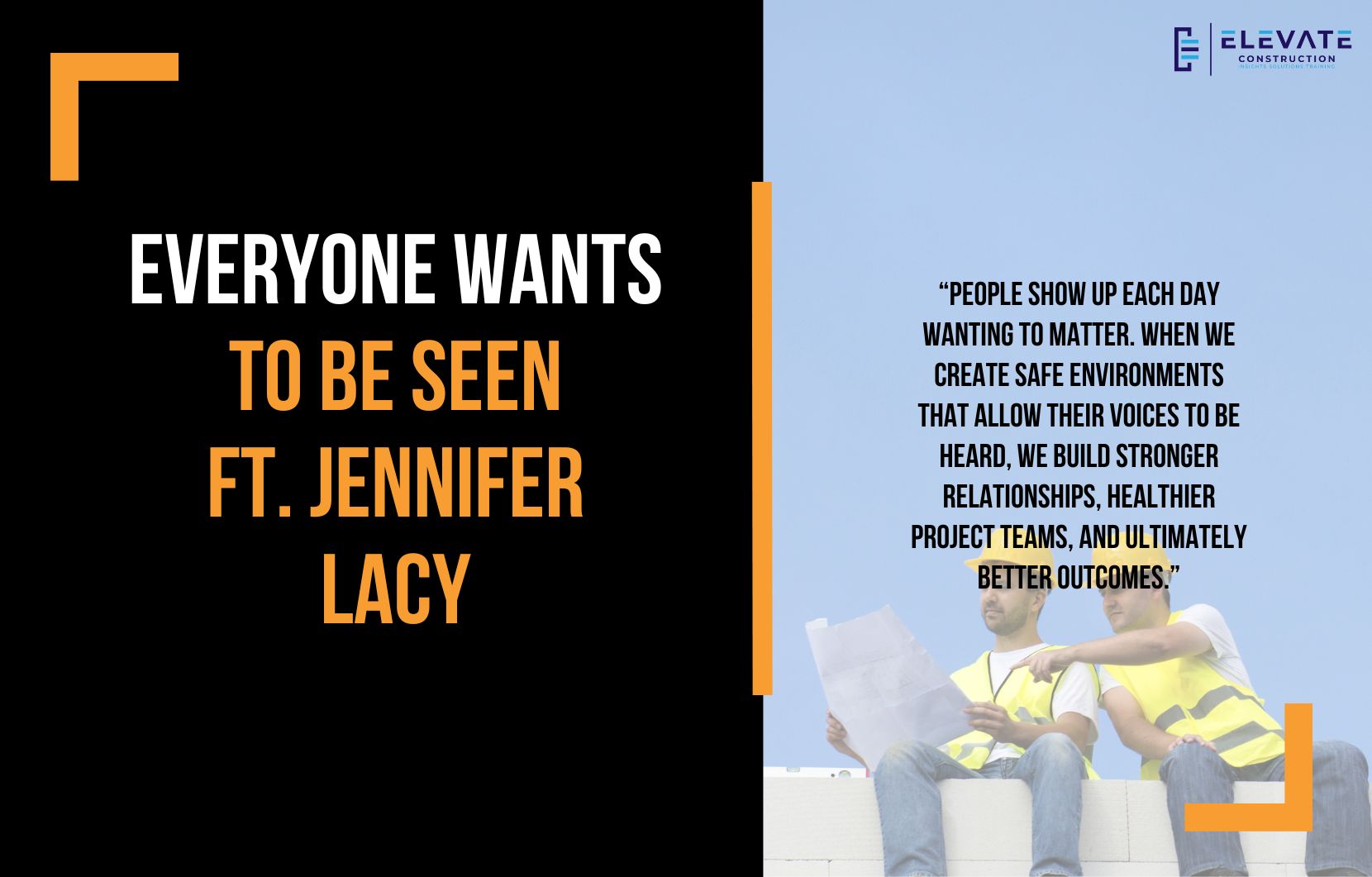I want to share some important lessons I have learned about timelines, weekly work plans, the role of superintendents, teamwork, data, and the value of consultants. These concepts might sound simple at first, but I have seen time and again how they determine whether a project thrives or struggles.
One of the biggest realizations I had was about timelines. For a long time, I saw projects using multiple timelines for milestones, look-aheads, and pull plans. At first it seemed harmless, but what I noticed was that those separate timelines created silos. Information was scattered, alignment was lost, and teams grew frustrated. I eventually understood that if you have multiple timelines, you do not really have a timeline. Everything must be tied into one master plan that people can see and follow. That is where clarity, coordination, and accountability truly happen.
This connects to my concerns about weekly work plans. Many companies are adopting standard templates that look professional but do not actually help the field. A good weekly work plan is clear, visual, and simple. It shows handoffs, highlights flow, and makes it easy to see where trades might collide or stack on top of each other. When I build weekly work plans, I make sure they are color coded, organized by trade, and designed around time and location. That way, they are useful tools rather than paperwork that satisfies a template.
I have also learned an important distinction between foremen and superintendents. Foremen lead crews, know the technical details of the work, and manage production directly. Superintendents, on the other hand, are planners, process leaders, and team builders. Their role is to create alignment, run systems, facilitate meetings, and ensure that every trade can succeed. A superintendent does not need to know every technical detail of the craft, but they must know how to guide a process so the entire team can win.
And that brings me to the heart of what makes projects succeed. Projects succeed as teams. I have seen what happens when superintendents keep information to themselves or when project managers and superintendents do not align. The project begins to fracture, communication breaks down, and mistakes multiply. When everyone operates as one team with shared goals and full transparency, the opposite happens. Flow improves, accountability increases, and trust grows.
Another lesson that became clear to me is about data. Data is only useful when it drives action. Too often, we produce mountains of reports, schedules, and charts that look impressive but do not change how the work is done. I have found that the real value of data comes when it guides decisions, removes bottlenecks, and helps the team adjust in real time. A chart on the wall means nothing if it does not change how people work the next day.
Finally, I believe strongly in the power of seeking outside help. Hiring a consultant, coach, or trainer can transform a company. I have seen how businesses that invest in outside guidance often move into a higher tier. They learn faster, avoid pitfalls, and build stronger systems. I do not see hiring a consultant as a weakness but as a sign of strength and vision. If I want to grow, I do not try to do it all on my own. I seek people who can guide me and accelerate the journey.
When I put all these lessons together, the picture is clear. Success in construction comes from integrated timelines, practical weekly work plans, superintendents who lead processes rather than just details, teamwork that unites everyone, data that drives real action, and the courage to seek outside expertise. These are the foundations of building excellence, and I have seen them change projects and careers.
Key Takeaway
Success happens when I unify timelines, create weekly work plans that truly serve the field, empower superintendents to lead through the process, and build as one team. Real improvement comes when I act on data and embrace outside guidance.
If you want to learn more we have:
-Takt Virtual Training: (Click here)
-Check out our YouTube channel for more info: (Click here)
-Listen to the Elevate Construction podcast: (Click here)
-Check out our training programs and certifications: (Click here)
-The Takt Book: (Click here)
Discover Jason’s Expertise:
Meet Jason Schroeder, the driving force behind Elevate Construction IST. As the company’s owner and principal consultant, he’s dedicated to taking construction to new heights. With a wealth of industry experience, he’s crafted the Field Engineer Boot Camp and Superintendent Boot Camp – intensive training programs engineered to cultivate top-tier leaders capable of steering their teams towards success. Jason’s vision? To expand his training initiatives across the nation, empowering construction firms to soar to unprecedented levels of excellence.
On we go



